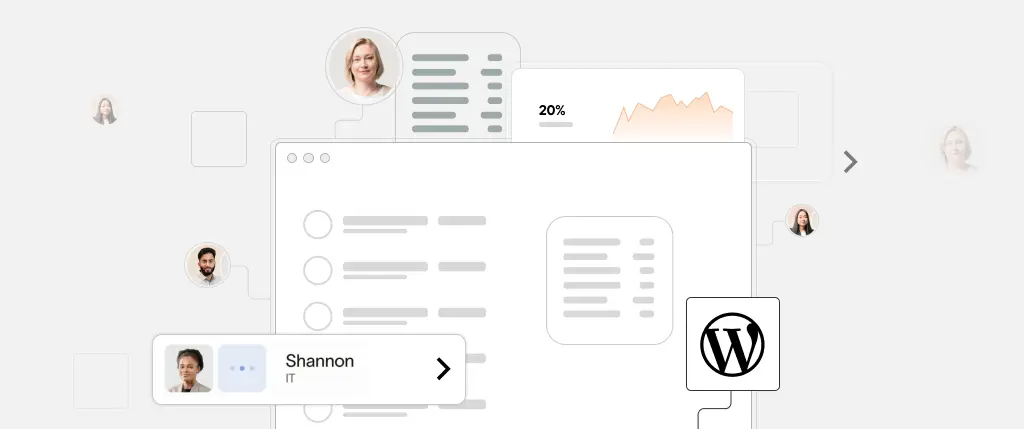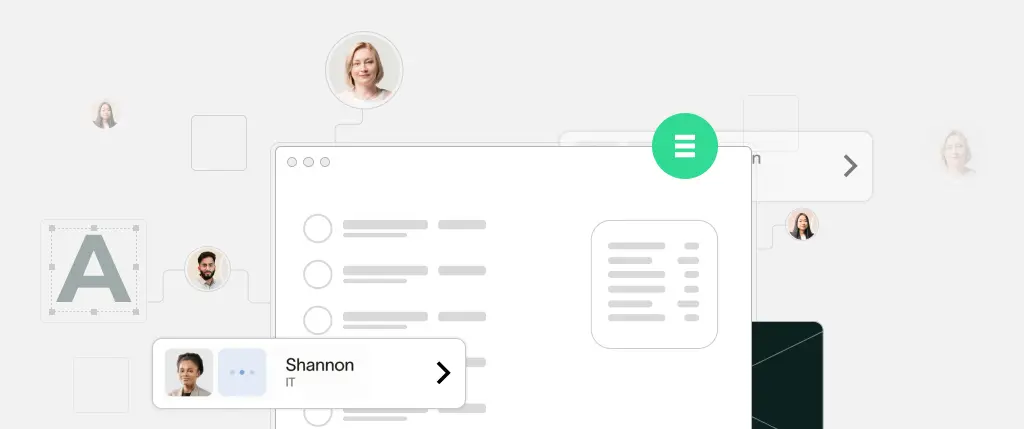A high-converting website is more than just good design—it’s a strategic tool for turning visitors into leads, and leads into revenue. Yet many clients struggle to understand what actually drives conversions. They may ask for flashy visuals or vague design ideas, missing the true levers that impact performance.
In this article, we break down the essential elements that make up a high-converting website—what clients often overlook, and how agencies can better guide them toward results-driven decisions.
Common Challenges Clients Don’t Understand
1. Weak or Hidden Calls to Action (CTAs)
A high-converting website requires crystal-clear, highly visible CTAs. However, many clients either neglect them or bury them beneath dense content or distracting visuals.
A CTA should:
- Use action-oriented language (“Book a Demo,” “Get a Free Quote”)
- Be visually prominent
- Be repeated at key points on the page (not just in the footer)
Educating clients on the importance of CTA placement and clarity is crucial for improving conversion rates.
2. Aesthetic Over Function in UX Design
While clients often want a site that “looks amazing,” they don’t always understand the impact of user experience (UX) on conversion.
Important UX elements include:
- Navigation clarity: Users should find key information within 2–3 clicks.
- Mobile responsiveness: Over 50% of traffic is mobile—if it doesn’t look great on phones, you’re losing leads.
- Accessibility: A high-converting website must work for users of all abilities, improving reach and compliance.
A pretty design without UX principles is like a car with no engine—it might look good, but it won’t get you far.
3. Lack of a Content Strategy
Many clients treat content as an afterthought, unaware that SEO-optimized, audience-relevant content is what actually drives traffic and conversion.
To convert effectively, content should:
- Speak directly to the user’s pain points and needs
- Be structured with clear headings, bullet points, and visuals
- Include relevant keywords, internal links, and strong meta tags
Blog posts, case studies, and landing pages should all align with the broader conversion goal—not just “fill space.”
Proven Strategies for Building a High-Converting Website
1. Make Data-Driven Design Decisions
Make Data-Driven Design Decisions
- Google Analytics
- Hotjar or Crazy Egg for heatmaps
- User session recordings
These tools highlight where users drop off or click most frequently, allowing for targeted design improvements.
2. Implement A/B Testing to Improve Key Elements
Use tools like:
- Nelio A/B Testing
- Google Optimize (deprecated but previously effective)
- VWO or Optimizely
A/B testing lets you experiment with:
- Button colors and placement
- CTA phrasing
- Headline variations
- Page layouts
Even small changes can result in measurable increases in conversions.
3. Optimize for SEO and Performance
A high-converting website doesn’t just look good—it ranks well and loads fast.
Key areas to focus on:
- Page speed: Compress images, minify CSS/JS, and use caching (tools: WP Rocket, LiteSpeed Cache)
- Meta tags: Write engaging meta titles and descriptions using focus keywords
- Core Web Vitals: Address issues shown in Google Search Console or PageSpeed Insights
The more visible your site is on Google, the more potential leads you’ll get.
Case Study: Clear Strategy, Real Results
A B2B technology firm was struggling with an outdated website that had generic messaging and no clear conversion path.
After redesigning their site with:
- Clear, repeated CTAs
- A new content strategy aligned to buyer personas
- User-tested UX improvements
…they saw a 40% increase in qualified leads in just 90 days. The key wasn’t a total rebrand—it was refining the structure and function of what was already there.
Key Takeaways for Agencies and Designers
To build a high-converting website, agencies must go beyond client expectations and lead with strategy:
- 🎯 Educate clients on the business value of CTAs, UX, and content strategy.
- 📊 Leverage analytics and A/B testing to make informed, performance-focused design decisions.
- 🔍 Invest in SEO to drive traffic that actually converts, not just visits.
How SiteBox Helps Build High-Converting Websites
With SiteBox, you don’t have to start from scratch every time:
- 🧱 Use prebuilt blocks and templates optimized for UX and conversion.
- 📈 Easily integrate with A/B testing tools and analytics platforms.
- ⚡ Launch high-performance, SEO-ready WordPress sites faster than ever.
Final Thoughts
Clients may think they know what makes a “good website”—but it’s your job to help them understand what makes a high-converting one.
By using data, smart design practices, and clear strategy, you can deliver not just beautiful websites—but sites that actually grow their business.




